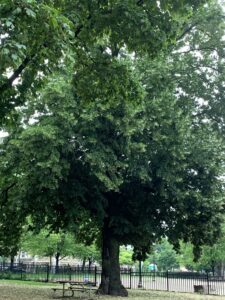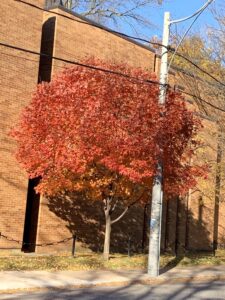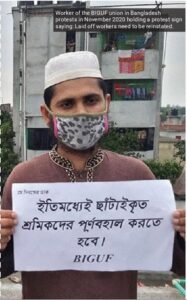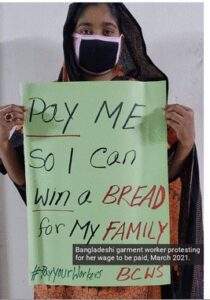Advances in technology and digital connectivity has made life a lot more convenient. If you can connect to some sort of network, you can communicate with anyone and work from almost anywhere.

Nang bumisita ang aking ina sa Toronto nung dekadang setenta, ito ang binigay niyang impresyon sa siyudad: napakalamig at maraming puno. Datapwat pumanaw na siya, aking naaalala siya ngayong sumusulat ako tungkol sa mga punongkahoy. Ipinanganak at lumaki ako sa lungsod ng Manila na konti lang ang mga puno. meron meron naman isang matandang Acacia na malapit sa amin na ginagamit na tagpuan o palatandaan ng mga tao. →

When my mother returned to Manila from her visit to Toronto in the early 70s, she was asked of her impressions about the city, to which she gave the following observations: it is too cold and the city is a forest. My mom is gone now yet I think of her as I write this piece. Like her, I’m an urbanite. Born and raised in Manila where trees were a rarity when I was living there, I can only remember one big tree near our place – an Acacia tree. It was so old that people used it as a landmark when giving directions. →

নেদারল্যান্ড ভিত্তিক শ্রমাধিকার সংগঠন ক্লিন ক্লথস ক্যাম্পেইন তাদের মর্মস্পর্শী নতুন এক প্রতিবেদনে জানিয়েছে যে, কোভিড-১৯ মহামারিতে বাংলাদেশ, কম্বোডিয়া ও ইন্দোনেশিয়ায় এইচঅ্যান্ডএম, নাইকি ও প্রাইমার্ক তাদের গার্মেন্ট শ্রমিকদের যথেচ্ছ বঞ্চিত করে চলেছে। এই সকল দেশে ৪৯ জন গার্মেন্ট শ্রমিককে মহামারি চলাকালীন পরিস্থিতিতে কতোটা মজুরি, কর্মপরিবেশ ও শ্রমাধিকার বঞ্চিত করা হয়েছে তারই মর্মস্পর্শী চিত্র ওই প্রতিবেদনে ফুটে ওঠেছে। →

In a hard-hitting new research report, the Nederland based Clean Clothes Campaign finds that H&M, Nike and Primark have driven factory workers in their supply chains in Bangladesh, Cambodia and Indonesia into desperation during the COVID-19 pandemic. Interviews conducted with 49 garment workers in these countries demonstrate that the Coronavirus-induced crisis continues to have a devastating impact on the wages, working conditions, and labor rights of garment workers. →



